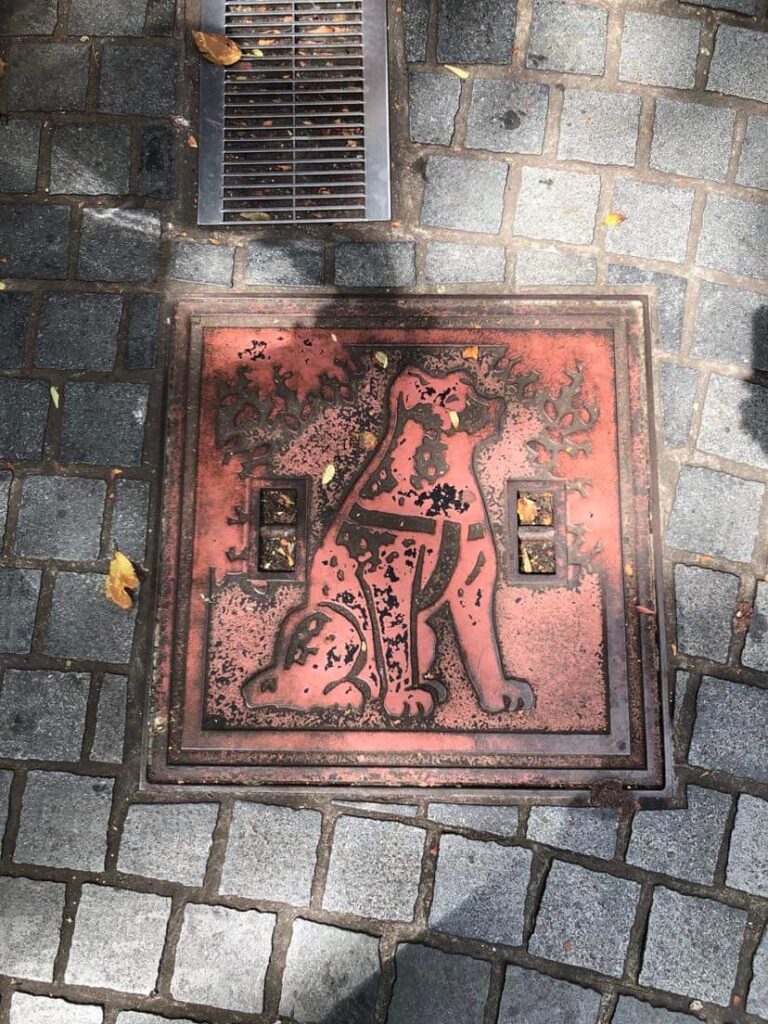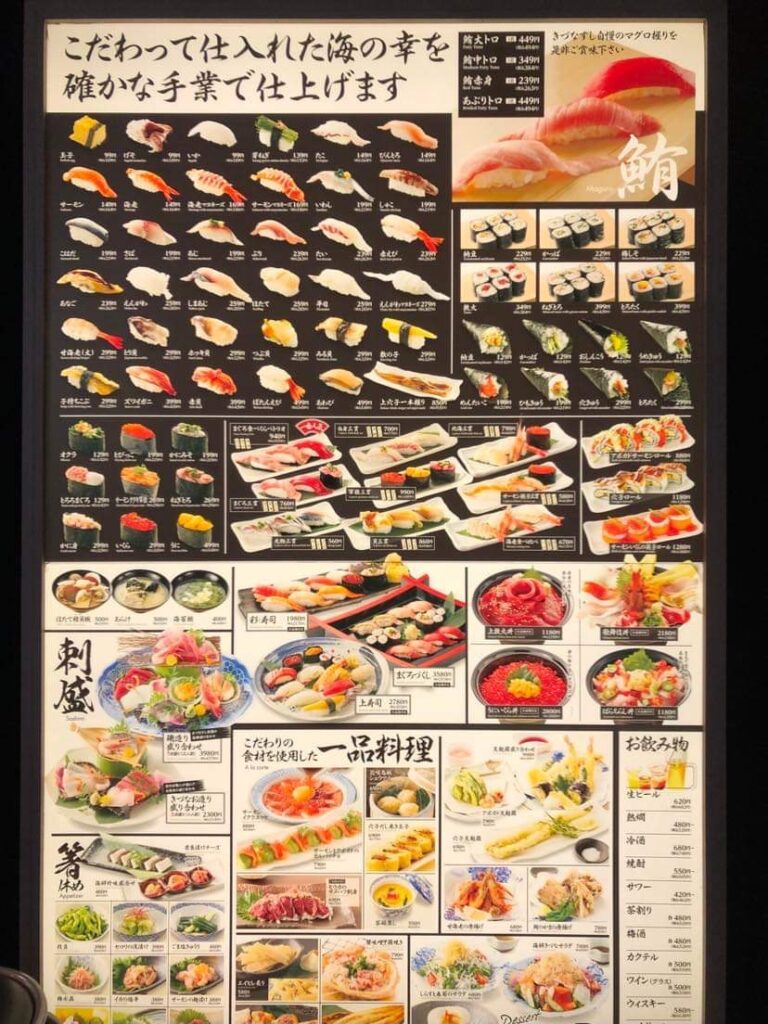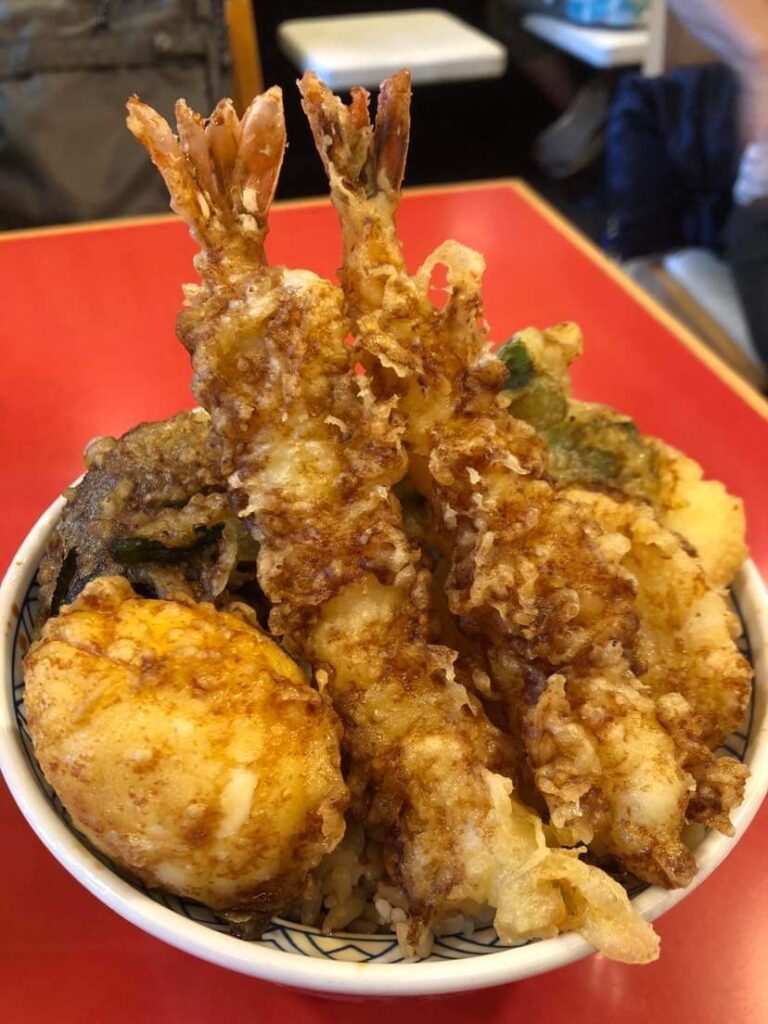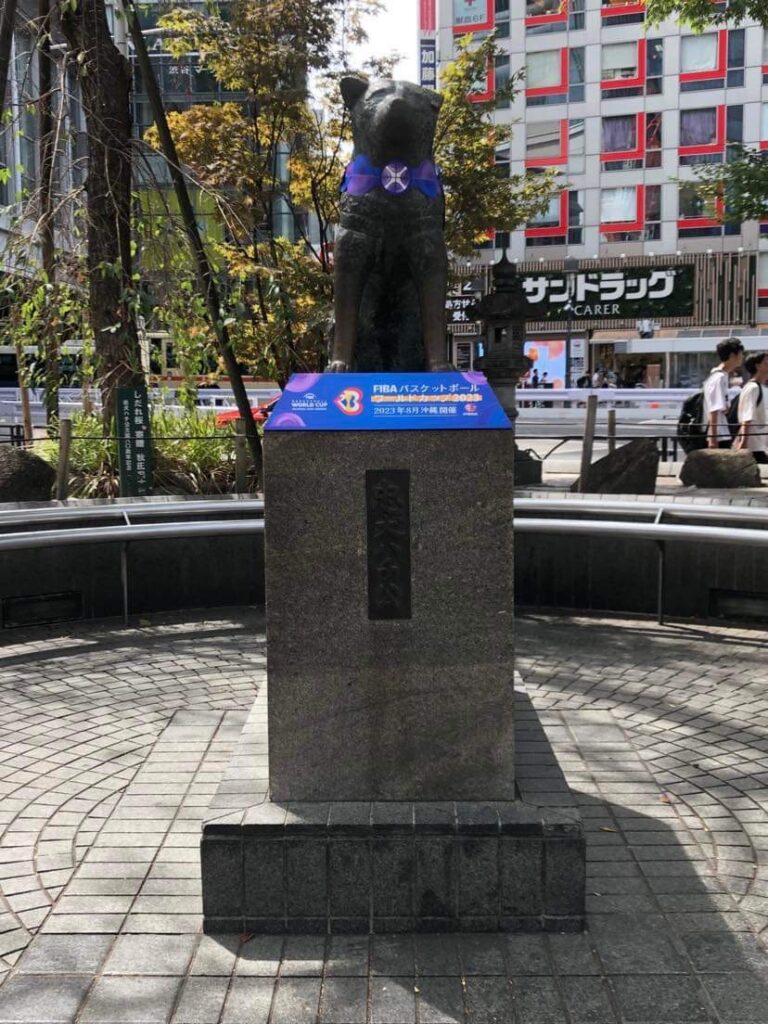Hachiko, the world’s most beloved dog, just turned 100 years old.
To celebrate Hachiko’s birthday, tourists and travelers not just from Japan but from all over the world, paid homage to the fiercely loyal Akita Inu dog breed by taking pictures of the statue—erected in 1934 and rebuilt in 1948–at Shibuya Station in Tokyo.
That spot—named Hachiko Exit—is a famed meeting place and tourist landmark.
So, why was a statue of Hachiko built and why is it that it continues to remain so revered even up to this day?
Born in 1923, Hachiko was taken in by Uneo, who regularly took the train to get to the university with the dog right beside him.

In the early evenings, when Ueno stepped out of the station, Hachiko would be there to greet him, something that gave the tired teacher extra energy and happiness at the end of a long day.
One day, Ueno suffered a stroke while at the university and was unable to take the train back home.
Hachiko, obviously unaware of the misfortune that struck his master, would never fail to head to Shibuya Station for nine years in the hopes of seeing Ueno again.
Hachiko died in 1935 without seeing Ueno again, and the Japanese people paid their respects by putting up a statue at Shibuya Station.
But do you know that there is another statue of Hachiko that is found at the University of Tokyo?
This particular statue shows Hachiko reunited with his owner. It was sculpted by a Nagoya man named Tsutomo Ueda and readily accessible not just to dog lovers but fans as well.
It was unveiled in March 2015, during Hachiko’s birthday, and is one of Tokyo’s best-kept secret spots given that seeing it is absolutely free.
To go there, you just have to take the Nanboku Line and exit at Todaimae Station. About a minute from the exit, head inside the gate and the always amiable guard on duty would point you where the statues of Hachiko and Professor Ueno are.



Feeling famished?
No trip to Tokyo is going to be complete without trying not just the mouthwatering sushi but the wide variety of tendon, delectable deep-fried treats consisting of ebi (prawn) and tori (chicken) tempura.
Reasonably priced at under 1,000 Japanese yen (P370), one could get a heaping portion of ebi or tori alongside sweet potato, eggplant, pumpkin, lotus root, okra and egg to reward yourself at the end of a long day of sight-seeing and shopping.
One tendon restaurant fronting the JR Ueno Station (Yamanote Subway line) and adjacent to Yamashiroya, a store specializing in collectible toys and anime, ranks among the very best.
Time was when going to Japan was considered pricey.


But that is no longer the case given the influx of visitors going there the past several months.
If you are not adventurous when eating, there are lots of recognizable fast food outlets to choose from, from Western eateries (McDonald’s, Burger King, KFC and Pizza Hut) to traditional Japanese joints selling gyudon (beef and onions rice bowl simmered in soy sauce, mirin, dashi and sugar).
Most famous is Yoshinoya but its three other rivals—Matsuya, Sukiya and Nakau—are perfect choices to reenergize the tummy.
Mind you, a meal in one of these won’t hurt the wallet.
Once you taste them, you’ll end up eating it all day long and end the day with a can or two—or more–of biru (beer) while reviewing your itinerary for the following day, already feeling nostalgic and thinking about your next trip back to Tokyo to see Hachiko.
